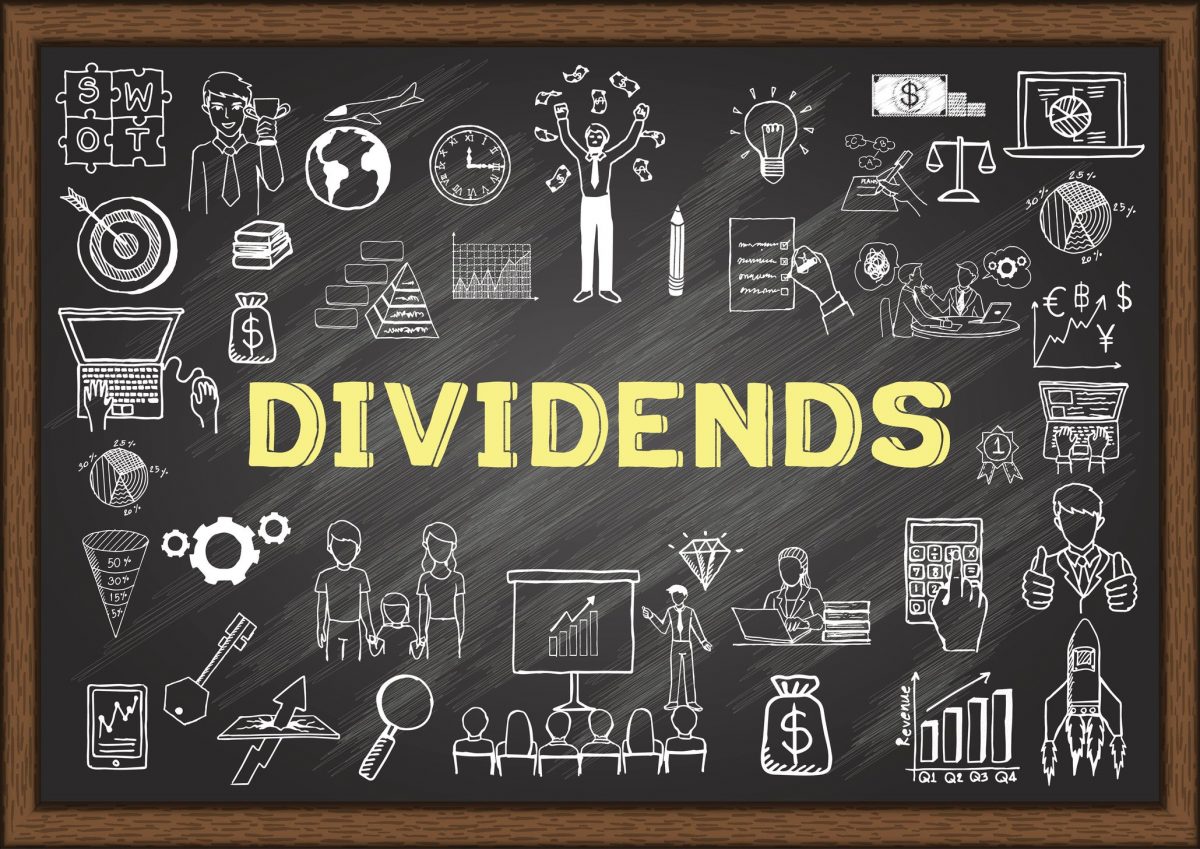Our planned change is primarily a result of a higher ongoing tax rate assumption (26% statutory rate from 2022 onward, from 21% prior), as a time value of money-related adjustment mostly offsets the impact of a softer near-term outlook amid heightened freight costs. Our long-term targets still call for mid-single-digit annual top line growth and high-single-digit adjusted operating margins. We do not see a buying opportunity at the shares’ current trading price, despite a mid-single-digit percentage pullback after the announcement.
Quarterly comparable sales rose 4.7% at the Dollar Tree banner (with about a 100-basis-point impact from adverse weather in February) and fell 2.8% at Family Dollar (after a 15.5% increase in the same period of fiscal 2020 as consumers stocked up in the early days of the pandemic). We had expected a 5.5% increase and a 4% decline, respectively. Management set full-year guidance of $5.80- $6.05 in adjusted diluted EPS, including a $0.70-$0.80 freight cost headwind on a per share basis. Our prior $6.28 mark (excluding forecast share buybacks) will likely fall toward the new range, considering Dollar Tree’s heightened dependence on spot freight markets in light of capacity constraints.
Management still expects Dollar Tree Plus (a format that includes a section with certain discretionary items that cost more than the traditional $1 Dollar Tree limit) and its combo stores (which combine elements from the Family Dollar and Dollar Tree assortments in rural areas) to drive growth long term. We view the concepts favorably and think they should allow the company to leverage the strengths of each banner and its purchasing power. Still, we do not anticipate the benefits will include the development of an economic moat, considering the intense competitive environment
Profile
Dollar Tree operates discount stores in the U.S. and Canada, including over 7,800 shops under both its namesake and Family Dollar units (nearly 15,700 in total). The eponymous chain features branded and private-label goods, generally at a $1 price (CAD 1.25 in Canada). Nearly 50% of Dollar Tree stores’ fiscal 2020 sales came from consumables (including food, health and beauty, and household paper and cleaning products), just over 45% from variety items (including toys and housewares), and 5% from seasonal goods. Family Dollar features branded and private-label goods at prices generally ranging from $1 to $10, with over 76% of fiscal 2020 sales from consumables, 9% from seasonal/electronic items (including prepaid phones and toys), 9% from home products, and 6% from apparel and accessories.
Source:Morningstar
Disclaimer
General Advice Warning Any advice/ information provided is general in nature only and does not take into account the personal financial situation, objectives or needs of any particular person.







